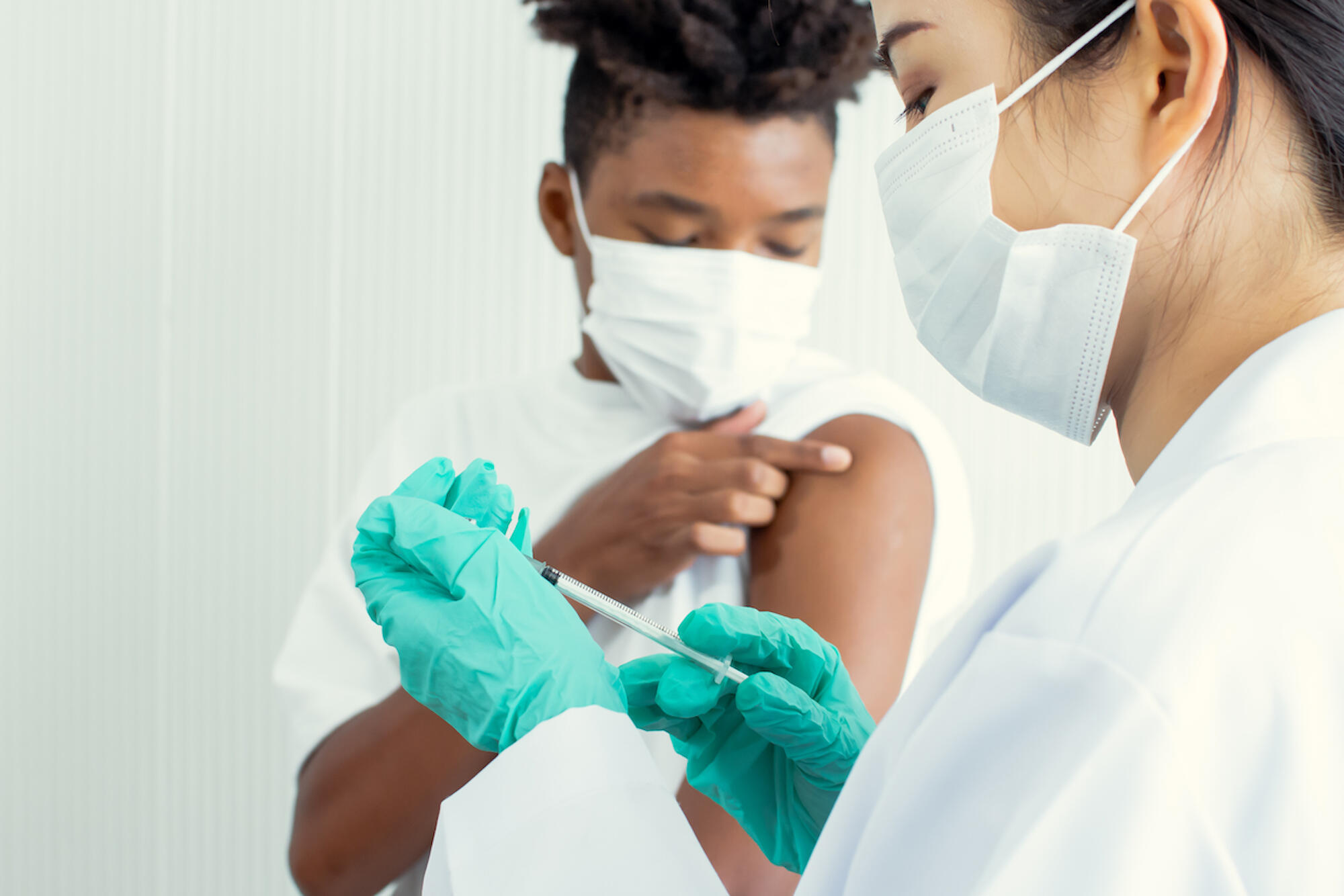
July 21, 2021
Unprecedented study uncovers geographic-related HPV vaccination disparities in Virginia
Share this story
Human Papillomavirus is the most common sexually transmitted infection in the United States, according to the Centers for Disease Control and Prevention. The virus, which is strongly associated with the development of certain cancers, including cervical and oropharyngeal, is largely preventable through vaccination.
Despite clinical agreement on the effectiveness and widespread availability of the HPV vaccine, coverage in the U.S. is suboptimal and varies by geographic region and area-level variables.
A new study led by VCU Massey Cancer Center researchers David Wheeler, Ph.D., and Bernard Fuemmeler, Ph.D., analyzes the variation in vaccination rates among boys and girls within ZIP codes in Virginia. The results showed several areas of significantly lower vaccination coverage, including predominantly rural localities, and overall large geographic disparities in HPV vaccination.
“Several socio-economic variables were significantly and positively associated with vaccination coverage, including population density, percent Hispanic population and average number of vehicles,” said Wheeler, member of the Cancer Prevention and Control research program at Massey Cancer Center and an associate professor in the Department of Biostatistics at the VCU School of Medicine.
Localities with the lowest vaccination rates were southwestern Virginia, northwestern Virginia including Winchester, southeastern Virginia including Norfolk and Virginia Beach, and a large swath running south of Alexandria that includes Stafford, Petersburg and Sussex.
“Despite being one of the few states to mandate vaccination of females for school entry, the overall rate of HPV vaccine coverage within Virginia remains low compared to the national average,” said Wheeler.
The results of this study, published this month in Cancer Epidemiology, Biomarkers & Prevention, will help inform future planning efforts for geographically targeted interventions and policies, as well as drive new research to implement clinical and community strategies to increase HPV vaccination.
“This is the first paper to estimate HPV vaccination coverage for all areas of Virginia using a large set of vaccination registry data,” said Wheeler. “We also used sophisticated … spatial regression models to estimate vaccination coverage for boys and girls separately while considering the shared risk factors for depressed vaccination coverage, which is the first time this has been done for HPV vaccinations.”
The research team conducted this study as a follow up to their systematic review of previous research that examined geographic variation in HPV vaccination. Published in Cancer Epidemiology, Biomarkers & Prevention in early 2021, the review paper also made the case that more spatial modeling efforts are needed to describe and explain variation in HPV vaccination rates.
The other collaborators for this study include Askar Chukmaitov, M.D., Ph.D., a member of the Cancer Prevention and Control research program at Massey; Carrie Miller, Ph.D., of the VCU School of Medicine; Albert J. Ksinan, Ph.D., postdoctoral fellow at VCU; Justin G. Trogdon, Ph.D., of the University of North Carolina at Chapel Hill; and Elizabeth Do, Ph.D., of Truth Initiative and George Washington University.
This story originally published on the VCU Massey Cancer Center News Center under the headline Unprecedented study uncovers geographic-related HPV vaccination disparities in Virginia
Subscribe to VCU News
Subscribe to VCU News at newsletter.vcu.edu and receive a selection of stories, videos, photos, news clips and event listings in your inbox.







